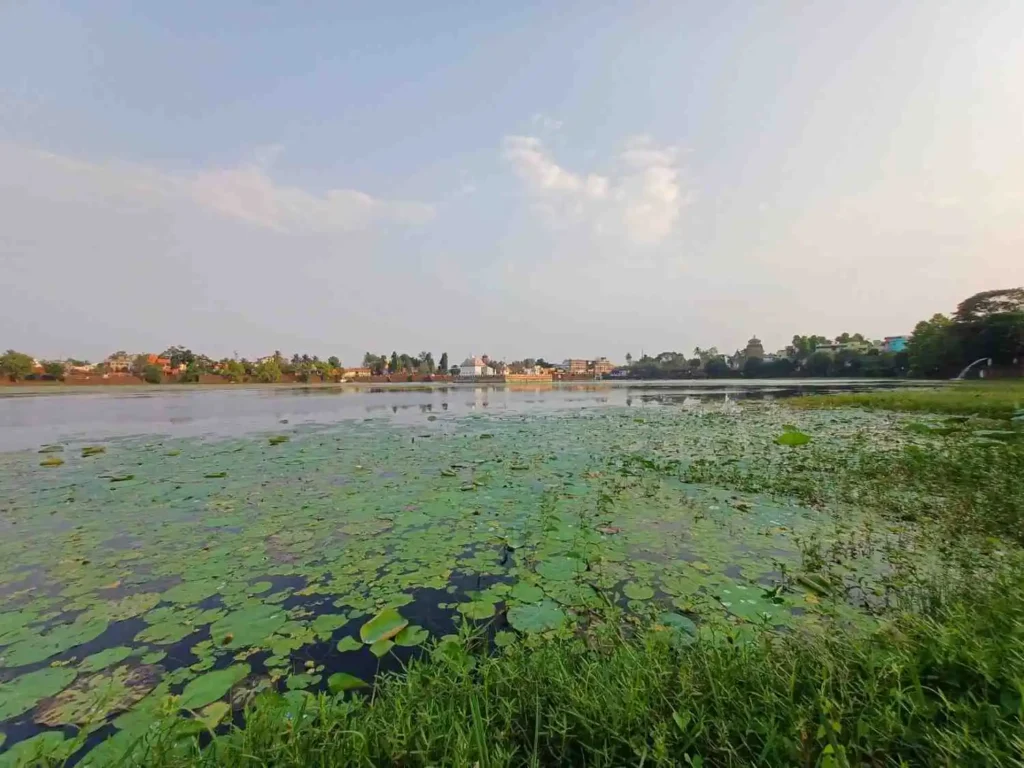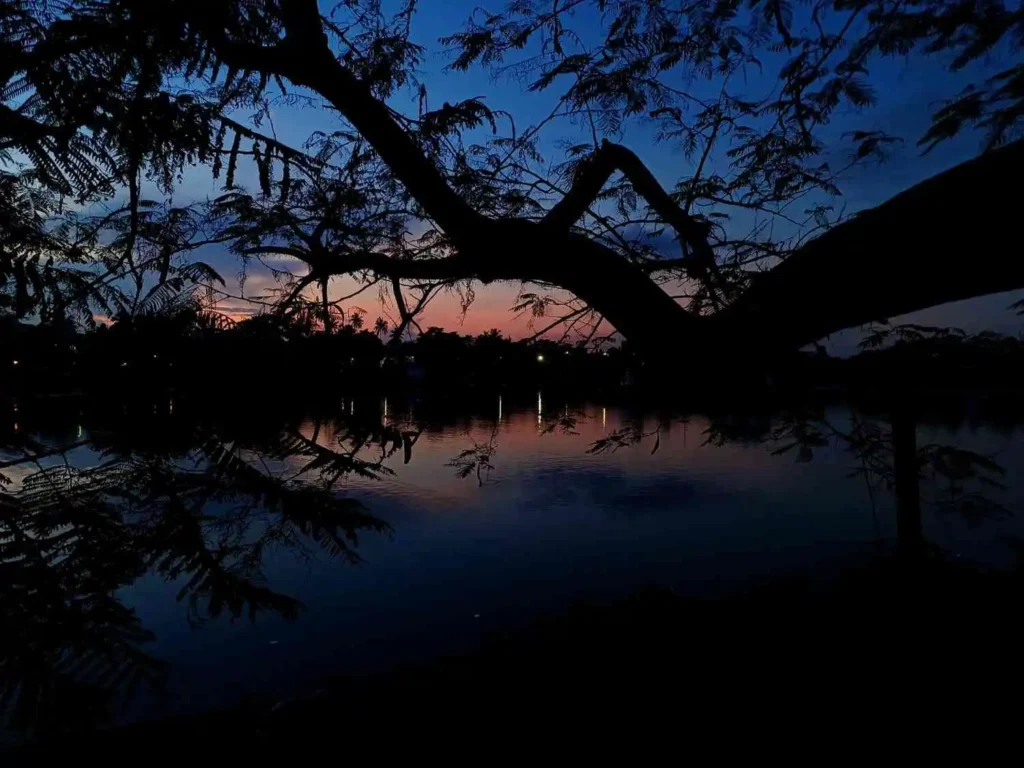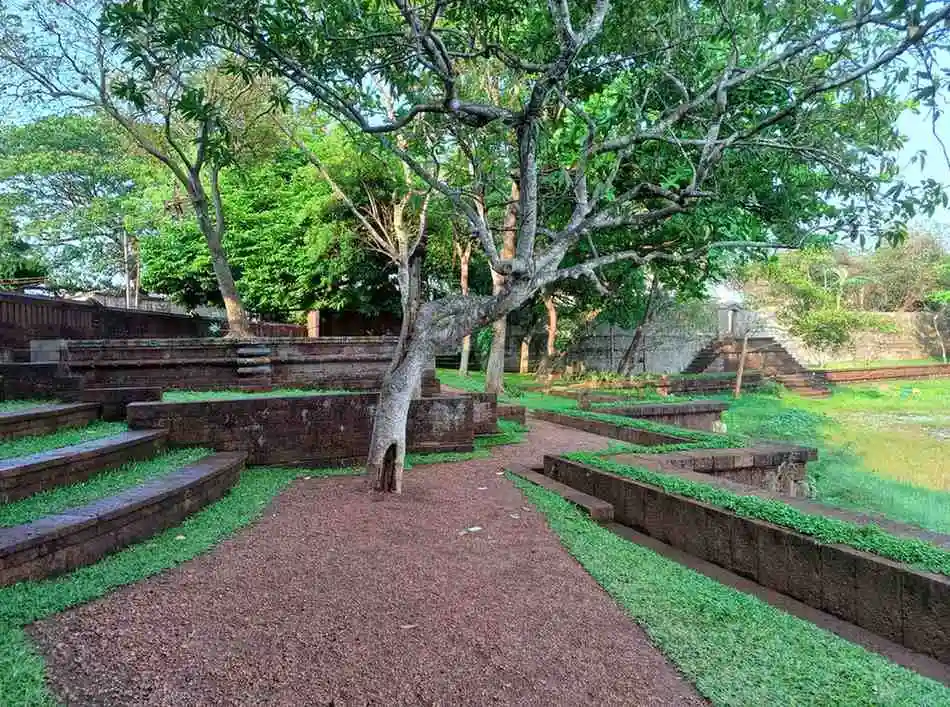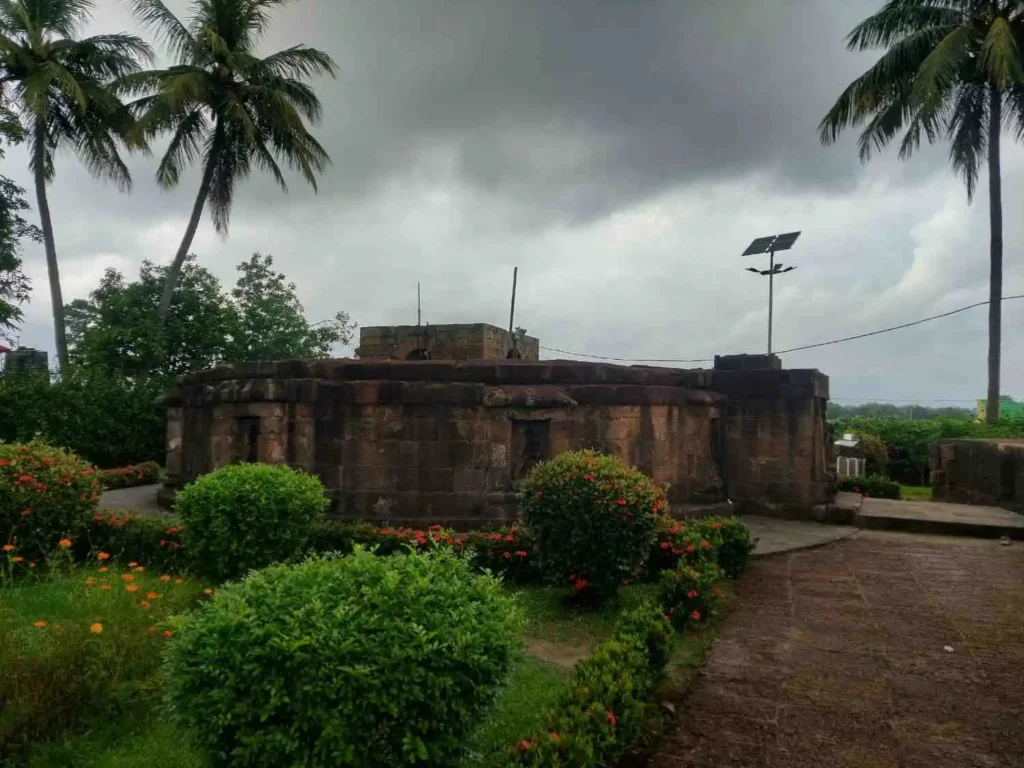
Nestled in the heart of Old Bhubaneswar, Bindu Sagar is not just a water body—it’s a sacred symbol of Odisha’s spiritual and cultural legacy. Moreover, positioned just north of the iconic Lingaraj Temple, this holy lake has long stood as a central part of religious rituals, historical narratives, and urban life for centuries.
Therefore, Bindu Sagar holds deep historical importance. In addition, it reflects the architectural and environmental values of ancient Odisha. However, time and neglect have threatened its sacred charm. Now, let’s explore the fascinating journey of this ancient lake—its origin, legends, decline, and the efforts being made to restore it.The Divine Origins of Bindu Sagar
According to legend, Goddess Parvati once felt thirsty while flying over Bhubaneswar with Lord Shiva. Since they couldn’t find water nearby, Shiva struck the earth and summoned drops from all sacred rivers of India—thus forming the Bindu Sagar Lake (literally “Ocean of Drops”).
Furthermore, the legend says that Lord Brahma consecrated the lake and appointed Ananta and Vasudeva as the guardian deities on its eastern bank. Consequently, this divine act began the spiritual significance of the waterbody. Even today, devotees continue to honor it with deep reverence. Moreover, this sacred connection adds to Bindu Sagar’s unique role in Odisha’s temple culture.
Bindu Sagar in Old Bhubaneswar’s Temple Landscape
Historically, the planners of old Bhubaneswar designed the city around the Ashta Ayatana concept—eight sacred zones, each with temples and ritual connections to Lingaraj Temple. Bindu Sagar, notably, lies at the heart of the first ayatana, where nearly 1,000 temples once stood. Even today, around 500 temples still stand, including:
- Lingaraj Temple
- Ananta Vasudeva Temple
- Uttereswar Temple
- Bhimeswar Temple

Religious Significance & Ritual Practices
Daily Use & Rituals
Major Festivals Celebrated at Bindu Sagar
Kartika Purnima
Chandan Yatra
Location and How to Reach
- City: Bhubaneswar, Odisha
- Area: Old Town (Zone 18)
- Nearest Landmark: Lingaraj Temple (adjacent)
- By Train: 6 km from Bhubaneswar Railway Station
- By Road: Connected via Tankapani Road and Kalpana Square
Environmental Challenges and Urban Pressure
Once pristine and known for its medicinal properties, Bindu Sagar now faces multiple challenges. Specifically, these include:
- Sewage leakage from surrounding buildings
- Ritual offerings and leftover food waste
- Chemical soaps and detergents used by bathers
- Encroachments and congested roads around its ghats
- Loss of self-purification capacity
Revival Efforts and Conservation Projects
JNNURM & Heritage Lab Projects
As part of conservation efforts, the Jawaharlal Nehru National Urban Renewal Mission (JNNURM) launched the Bindu Sagar Periphery Development Project, which includes several key initiatives:
- Ekamra Van (Herbal Garden) developed on the western bank
- Moreover, the project involves restoring stone walls and ghats
- Additionally, it focuses on training local sculptors and craftsmen
NLCP Support
Role of Citizens in Conservation
According to the Indian Constitution (Article 51-A), we hold a fundamental duty to protect lakes, rivers, forests, and wildlife.
Therefore, simple actions like these can make a meaningful difference:
- Avoid using soap and detergents in the lake
- Refuse to dump food, plastic, or paper boats
- Support heritage projects and festivals mindfully
People Also Ask
1. What is the significance of Bindu Sagar Lake?
2. Where is Bindu Sagar located?
3. What rituals are performed at Bindu Sagar?
4. Why is Bindu Sagar polluted?
5. Are there any conservation projects for Bindu Sagar?
Final Thoughts: Why Bindu Sagar Needs Your Attention
Clearly, Bindu Sagar is more than a pond—it’s a living memory of Bhubaneswar’s temple culture and a testimony to India’s heritage of water-worship. However, time and neglect have taken their toll.
So, if you love India’s spiritual history, eco-tourism, or simply want to experience something sacred and serene, visit Bindu Sagar—but leave only footprints and take only blessings.

